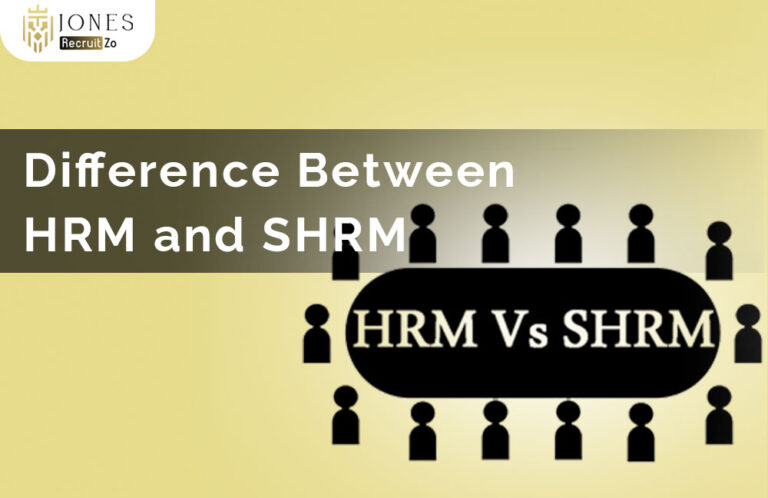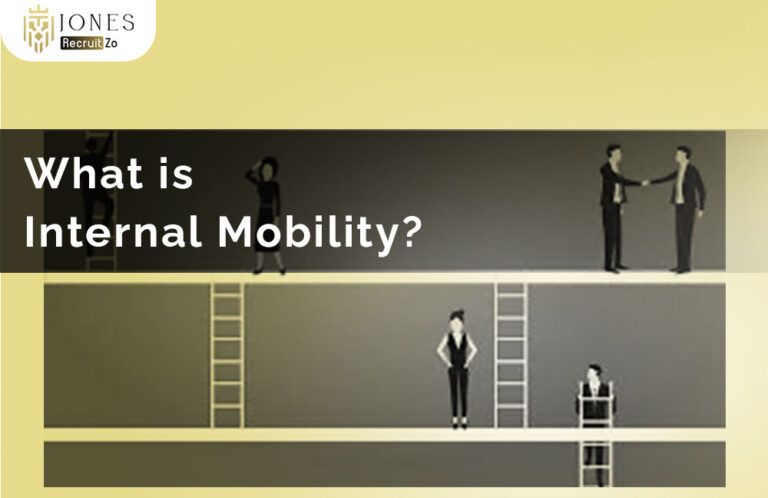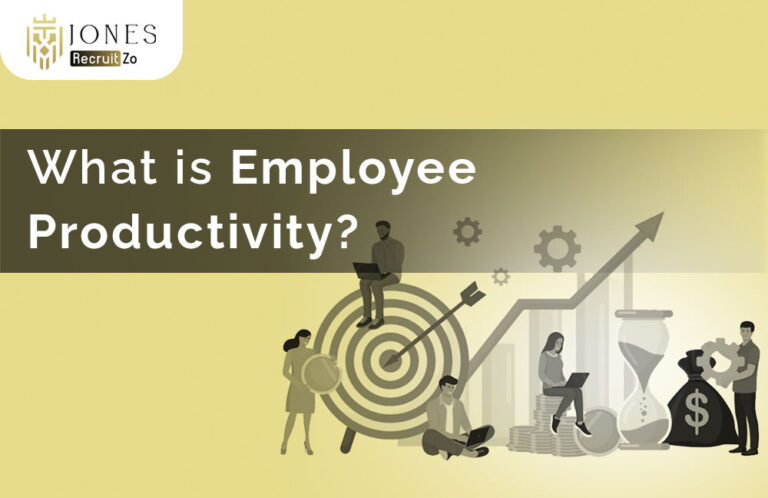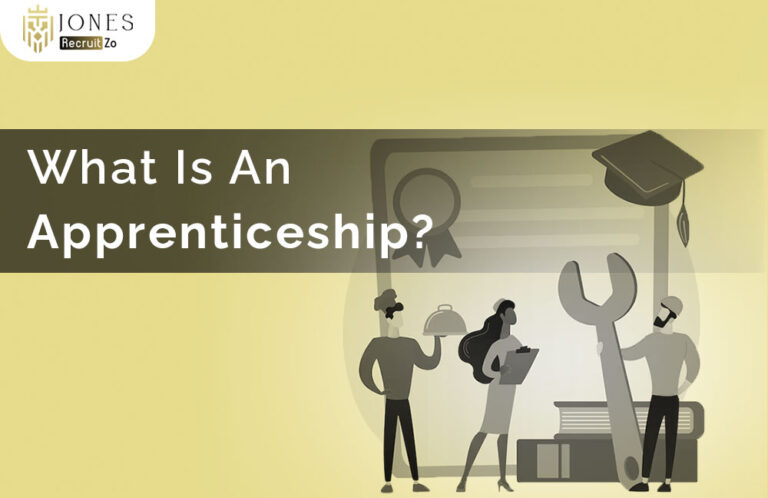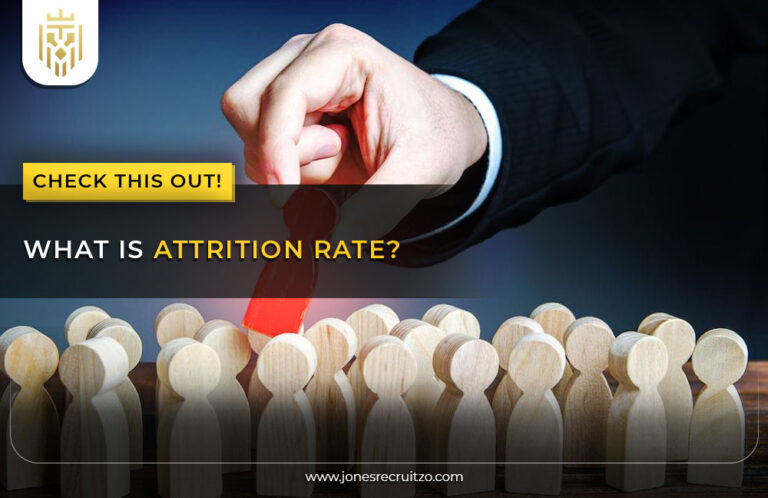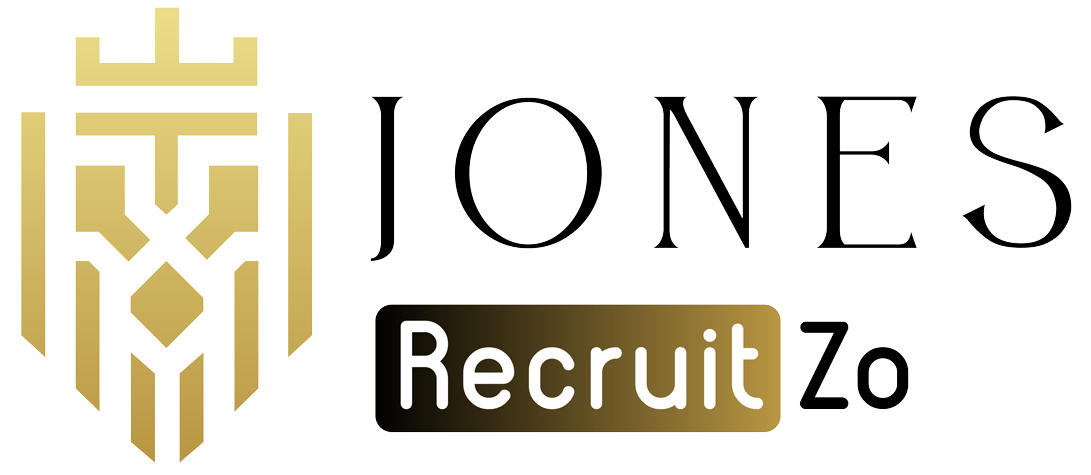Key Insights
Difference Between Staffing and Recruitment
Staffing refers to the continuous process of building, developing, and managing a workforce, whereas recruitment is the first step of sourcing and hiring new employees. Both are required to fulfil temporary needs and to bear long-term growth.
Staffing Meaning
Staffing sees to it that a company has the right people in the right job at the right time. This means recruitment plus employee retention, training, and succession planning.
Recruitment Meaning
Recruitment could be described as the process of spotting, attracting, and selecting suitable candidates for vacancies. It, therefore, constitutes the entry point into the staffing function by creating the pool of talents from which organisations choose.
Difference Between Staffing and Recruitment
Staffing and recruitment differ in terms of their scope, duration, and impact. Recruitment is typically a one-time project to fill openings, whereas staffing involves the ongoing process of workforce planning, placement, and development. Distinguishing between these two helps the organisation strategise its HR activities better and ensure that it reinforces short-term needs with long-term objectives.
What is Staffing?
Staffing is an end-to-end HR function ensuring a workforce is in place so an organisation can achieve its goals. Staffing includes recruitment, training, performance appraisal, promotion, and transfer, as well as succession planning. In contrast to recruitment, staffing is a continual and dynamic process, keeping the workforce aligned with organisational goals and capable of adjusting whenever the needs of the organisation change.
Objectives of Staffing
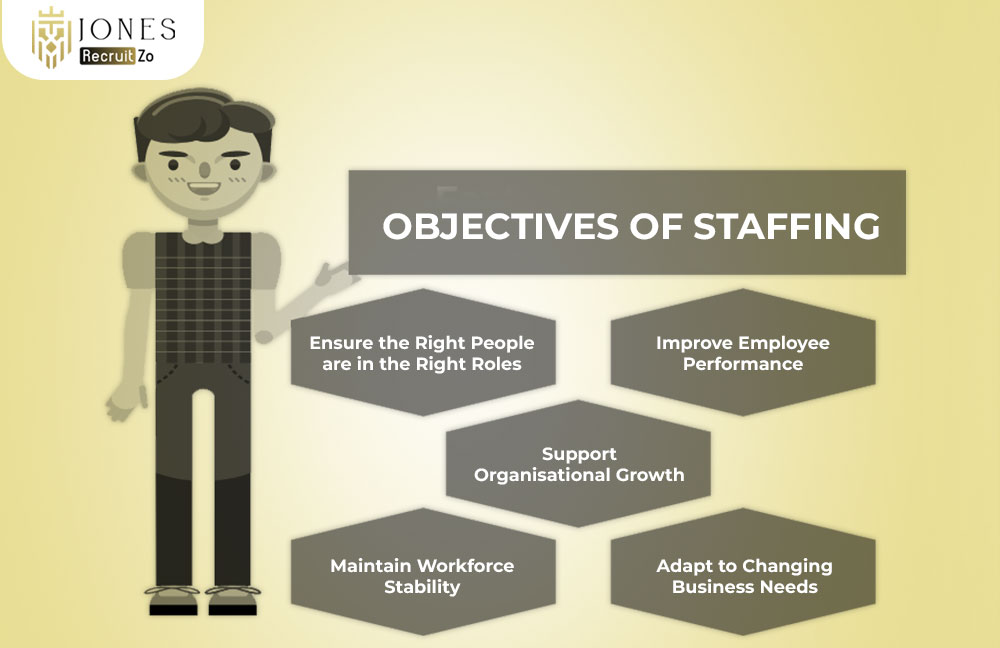
The objectives of staffing highlight why it is more than just filling vacancies. They aim to build a sustainable, high-performing workforce capable of driving long-term organisational success.
Ensure the Right People are in the Right Roles
Staffing aligns employees with the jobs based on skills, qualifications, and interests. When employees perform unfavourable tasks, it lowers their production level alongside motivation and engagement for success in the company.
Improve Employee Performance
Each activity carried out in staffing is designed to ensure that employees are properly trained and allocated according to function, thereby imparting skills, minimising mismatches, and creating an environment of accountability so that they can lend maximum support towards organisational objectives.
Support Organisational Growth
Staffing prepares the workforce for growth. By strategically acquiring and developing talent, organisations ensure that they have the human capital necessary for scaling their operations, entering new markets, or de-risking new products.
Maintain Workforce Stability
Proper staffing balances overstaffing with understaffing. This helps maintain stability in organisational operations while limiting burnout of employees and avoiding unnecessary labour costs.
Adapt to Changing Business Needs
Staffing is flexible and adapts to shifts in market demand, technological changes, and business goals. By regularly updating employee roles and providing training, organisations can stay competitive in dynamic industries.
What is Recruitment?
Recruitment is the process of drawing in and choosing candidates for vacancies within an establishment. It is the entryway to the staffing process, where recruitment of qualified talents is done with an entirely new view of bringing in new employees. Recruitment comprises identification of job specification, announcement of vacancies, screening of applications, interviewing, and selection of the appropriate candidate.
Objectives of Recruitment
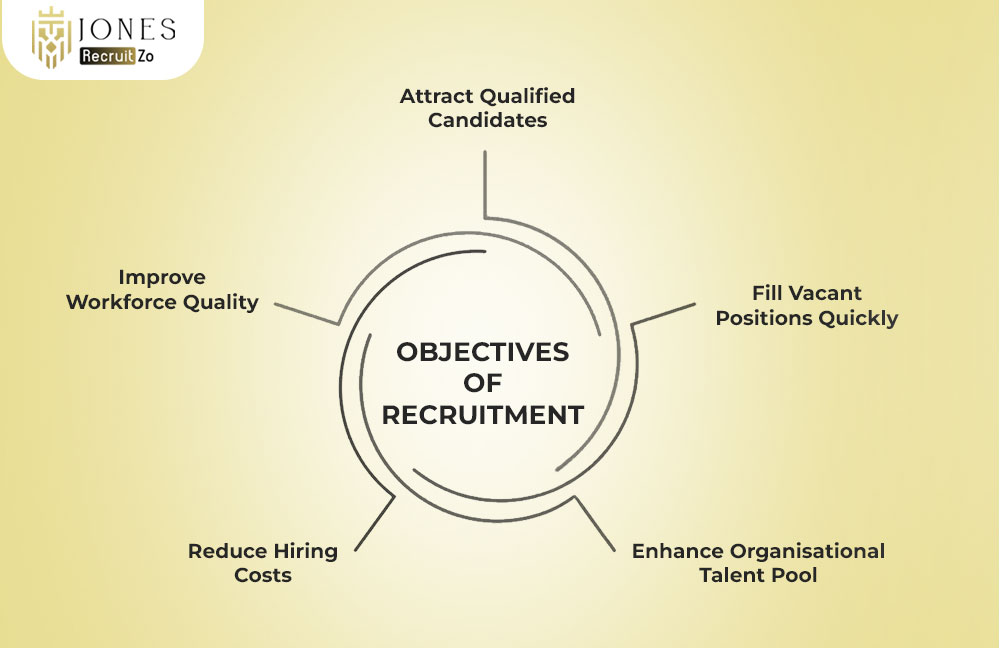
The objectives of recruitment focus on building a strong and qualified workforce while balancing speed, cost, and quality in the hiring process.
Attract Qualified Candidates
Recruitment is intended to create a large pool of potential independent talent capable of fitting into organisational needs. Attracting qualified candidates gives organisations the liberty of choosing from among the best to get the good employee.
Fill Vacant Positions Quickly
Recruitment is often done in haste for the vital reason of short-down turnover periods. A speedier filling of vacant positions cuts down downtime, and the company pays more attention to productivity and meeting deadlines.
Enhance Organisational Talent Pool
Recruitment fills temporary vacancies while building a pipeline for potential candidates for the future. This is more of a proactive approach so that the business is better prepared when the time comes.
Reduce Hiring Costs
Recruitment tries to minimise indirect costs associated with long-term vacancies, repeated hiring efforts, or wrong hires, such as advertising, interviewing, and onboarding, and tries to make the process lean from a cost perspective.
Improve Workforce Quality
Recruitment considers those candidates that have the right skill set and will fit culturally and have development potential in its gross selection. Good recruitment processes will augment the overall quality in terms of the talent available within the organisation, boosting productivity and innovation.
Key Differences Between Staffing and Recruitment
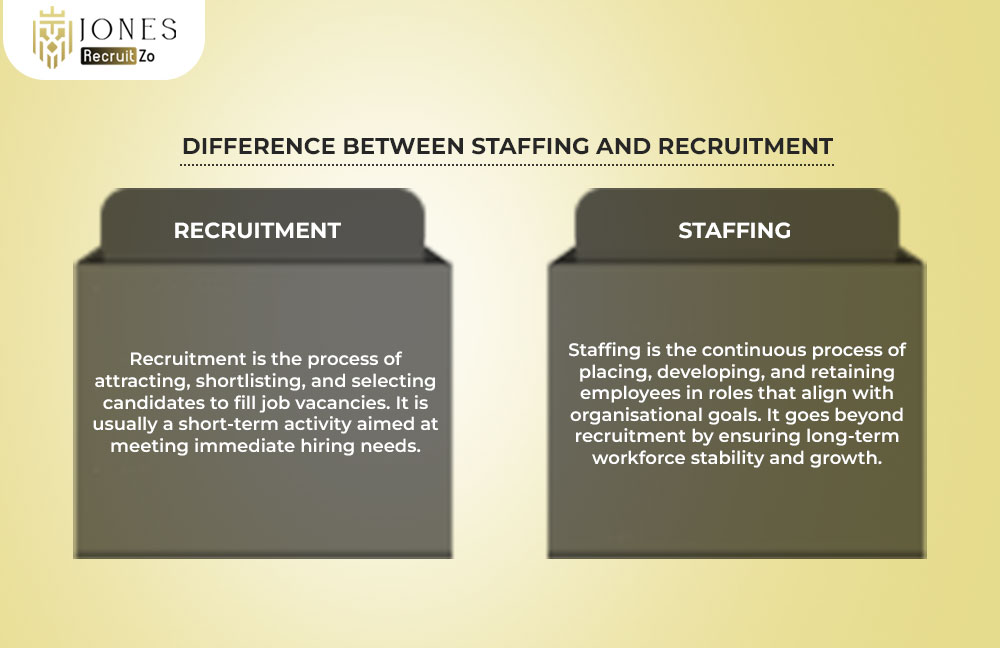
Although recruitment is part of staffing, they differ in terms of scope, stage, activities, and outcomes. Below are the main distinctions.
Definition
Recruitment is attracting, shortlisting, and employing workers for vacancies. Staffing is the wider function, which includes recruitment and training of employees, promotion, transfer, and workforce development.
Scope
Recruitment has a much narrower scope, as it only involves filling in positions left vacant. Staffing, on the other hand, has a broad scope, as it also involves managing the workforce for the long term and its development.
Stage
Recruitment sits at the beginning stage of hiring. Staffing is a continuous process involving the whole employee lifecycle, from entry to exit.
Activities
Job postings, screening, interviews, and selections are all activities within recruitment. All of these activities, plus training, career development, performance management, and succession planning, come under staffing.
Organisational level
Recruitment is usually undertaken by HR teams or hiring managers on an operational level. Staffing is something that involves both HR professionals and top management, since it directly affects the organisational strategy and workforce planning.
Result
Recruitment results in filling a vacancy with the right candidate. Staffing results in building a skilled, motivated, and stable workforce that supports business growth.
Why Understanding the Difference Matters
Knowing the difference between staffing and recruitment benefits employers, job seekers, and HR professionals. It ensures everyone involved understands the scope and significance of these functions.
For Employers
Recruitment meets short-term hiring needs, whereas staffing guarantees long-term stability. The combination reduces employee turnover and enables efficient workforce planning.
For Job Seekers
Recruitment is the gateway to an organisation for job seekers, and staffing ensures career progression and livelihood upon entry. The understanding aids a candidate in setting realistic expectations.
For HR Professionals
HR professionals understand that knowing this difference helps in designing better strategies, ensuring they balance their urgent recruitment with their longer-term staffing responsibility.
FAQs
1) What is the Difference Between Staffing and Recruitment?
The difference between staffing and recruitment lies in the scope. Recruitment is primarily concerned with the quicker or immediate filling of vacancies, while staffing is a long-range, broader planning process for acquiring and maintaining manpower. Both are interrelated and important for a value-conscious organisation.
2) What are the common challenges in staffing and recruitment?
The alternatives common in staffing and recruitment include attracting skilled candidates, reducing hiring costs, improving retention rates, and needing to be changed with the needs of the market. The companies hence need to keep updating their strategies to remain competitive in the talent market.
3) What is Staffing?
Staffing is an ongoing process to select and assign employees for roles that are compatible with organisational objectives to ensure stability and longevity. It is a strategic function that, by placing people, balances present need with future growth.
4) What is Recruitment?
Recruitment is attracting, shortlisting, and selecting the right candidate for the particular job based on some specifications in the organisation. It is the initial phase in building an efficient and strong workforce.
5) What are the objectives of staffing?
The objectives of staffing include ensuring the right people are in the right roles, maintaining workforce stability, improving employee performance, and preparing for future business needs. Effective staffing also supports succession planning and leadership development.
6) What are the objectives of recruitment?
The objectives of recruitment are to attract qualified candidates, quickly fill vacancies, reduce hiring costs, and improve workforce quality. Strong recruitment practices directly influence business efficiency and innovation.
7) How do staffing and recruitment impact employee retention?
Recruitment brings in skilled employees, while staffing ensures their career growth and stability. Together, they improve retention and reduce turnover by creating a motivated and engaged workforce.

